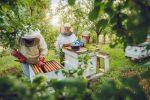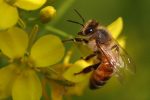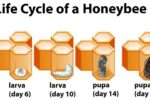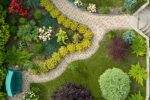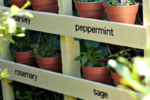Honey Bee Garden Plants – How to Start Honey Bee Farming
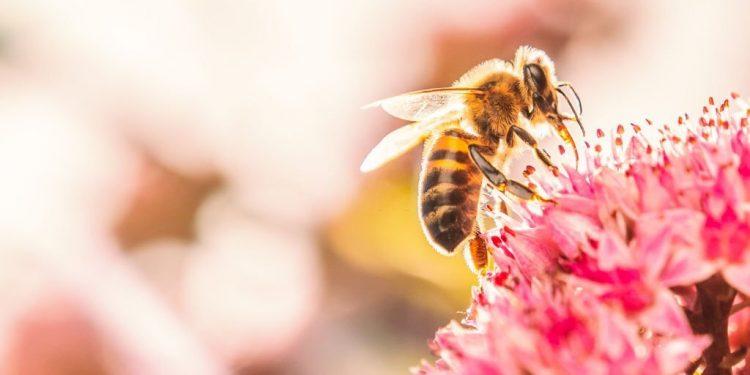
If you are planning to plant a honey bee garden, you should first choose the appropriate plants. The types of flowers and plants that bees will enjoy are many, and you should select them accordingly. There are different kinds of bees, but they are all attracted to color. Native bees, for instance, prefer native plants and wildflowers. These plants provide them with more nectar and pollen than other types of flowers. To make the perfect bee garden, you should plant different species of plant flowers and flowering trees. It is best to choose varying flowering plant varieties, such as perennials and annuals, for a variety of different bees. In addition, you should select late-blooming species of plants for the winter.
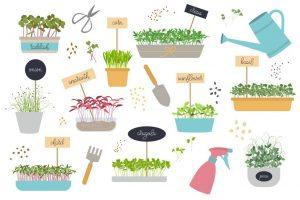
The flowers should be chosen according to the type of bees you wish to attract. Some bees are attracted to blue flowers because their nectar replenishes rapidly. Zinnias, on the other hand, attract many different types of bees. The central disk of zinnia is the perfect place for them to feed. Joe Pye weed and lilies of the valley are also popular with bees.
Coneflowers are ideal plants to attract bees. These flowers are highly attractive to bees and have a long bloom time. The showy spikes of blue flowers attract bumblebees and other bee species, including small carpenter bees and sweat bees. They also have a long blooming period, making them a favorite of bees. The bees like to feed on nectar and pollen from different flowers in their garden, so you can easily create your own bee habitat with the right plants.
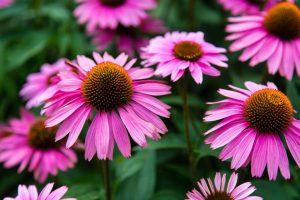
Adding nesting sites is a great way to attract native bees to your garden. They typically build nests in hollow-stemmed plants and dead wood, and you can replicate their nests by preparing a few artificial nesting sites in your backyard. The additional nesting sites you create will increase your chances of bees spotting. Try making some simple bee-friendly habitats by planting a variety of plants.
When choosing flowers for your garden, you should choose plants that are native to the area. Whether the plant is native to your region or not, you should consider the species of bees that will visit your area. It is vital to choose plants that support their habitat. If you want to attract more honeybees, plant some native species in your garden. For instance, the flowers of the xerces society are beneficial to bees.
While the majority of bees prefer pollen, they also need food and shelter. Creating a bee-friendly garden can increase the diversity of bees and increase the number of honeybees in your area. If you plan to plant a bee-friendly garden, make sure to consider all the benefits. The flowers will be happy in your yard, and bees will be attracted to your yard.
There are many different kinds of flowers that are beneficial to bees. All types of flowers will attract bees. If you want to attract bees, you should grow these flowers in your garden. They will love the nectar and pollen. This will also attract other pollinators. This will make your garden more attractive to bees. In addition to making your yard look pretty, the plants that you choose will benefit your bees and help the colony thrive.

If you want to attract bees, you should plant bee-friendly plants. The honey they produce is beneficial to our health, so you should plant a bee-friendly garden. It will attract bees to your yard and offset the decline in the bee population. They will also help pollinate your crops. So, if you want to make your garden a bee-friendly place, follow these tips.
Plants that are beneficial to bees include flowers that produce pollen and nectar. These are the most common types of plants for bees. Choosing a bee-friendly plant for your garden will increase the diversity of the insects and boost the production of the pollen. Moreover, bee-friendly plants are a great choice for urban areas, as they are not only beautiful but can help you offset the decline in the bee population.

